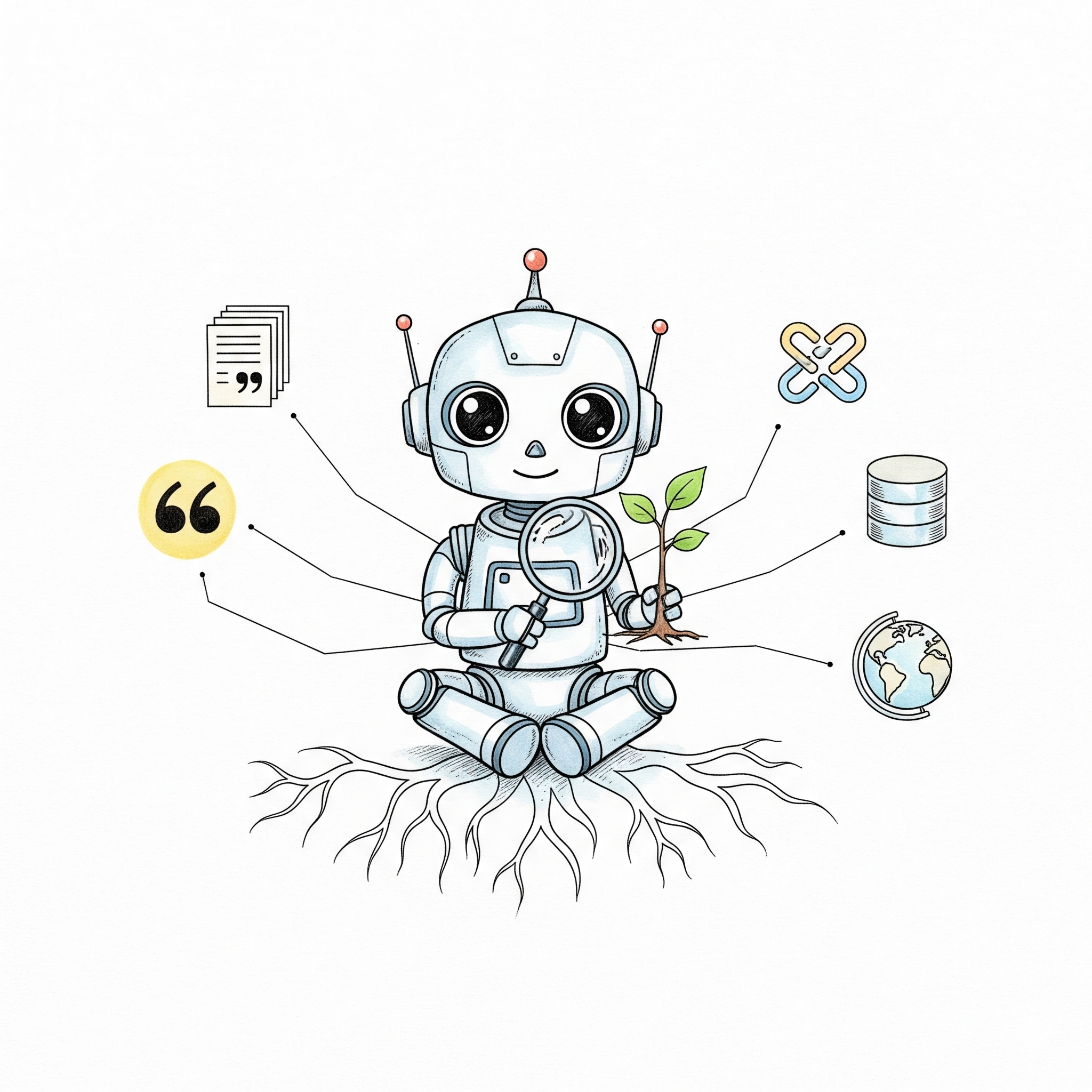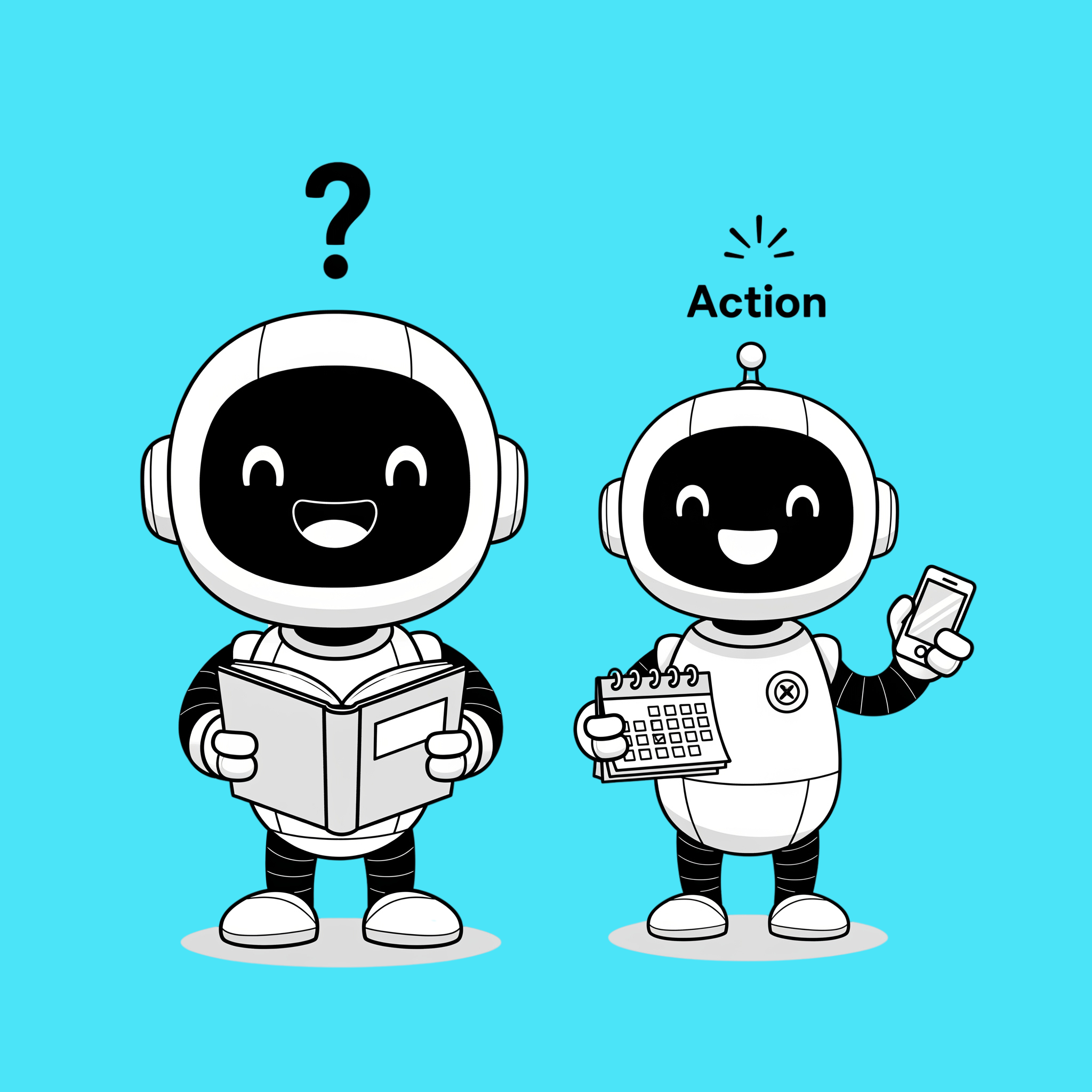You’re not alone if you’ve been there, asking ChatGPT to rewrite the same email five different ways, or regenerating a Sora image repeatedly to try and remove those extra fingers it’s so determined to include. It feels effortless, costless even. But what if every AI interaction carried the weight of real consequence?
At Intelligence Assist, we often draw on a simple analogy: AI agents are like employees climbing the industry ladder, starting as interns and advancing as their capabilities grow. A handy comparison, but one that carries a more uncomfortable social parallel… compute power is labour, and AI costs are wages. You’d never keep staff working late just to use up your payroll budget. The same logic applies to AI, don’t run processes just because you can.

The Illusion of Effortlessness
AI has mastered the art of appearing effortless. No visible strain, no complaints, no lunch breaks. This seamless experience masks a staggering reality: the infrastructure powering your casual Tuesday afternoon ChatGPT session rivals the energy consumption of small cities.
Consider this: training a single large language model like GPT-4 generates over 500 tonnes of CO₂, equivalent to hundreds of transatlantic flights. The University of Massachusetts Amherst found that training one major AI model consumes as much energy as five cars over their entire lifetimes, fuel included. Even something as simple as generating an AI image burns through the electricity equivalent of charging half an iPhone battery.
Yet because we don’t see the spinning fans, the humming servers, or the cooling systems working overtime, we treat AI like a bottomless resource. Take Microsoft’s 34% increase in water consumption in 2022, that was from cooling the data centres powering our AI interactions, and OpenAI’s GPT-3 training alone consumed enough water to cool a nuclear reactor for hours.
The Psychology of Invisible Labour
Here’s where the employee analogy becomes crucial. Imagine asking your intern to rewrite the same paragraph twenty times, not because the work matters, but because you’re bored and curious about variations. You’d hesitate (hopefully), not just because it’s wasteful, but because you understand the human cost.
AI doesn’t sweat, sigh, or show fatigue. It’s the ultimate people-pleaser, responding to every request with algorithmic enthusiasm. This creates a dangerous disconnect between action and consequence. Every prompt activates a global network of GPUs housed in massive data centres, consuming electricity generated from coal, natural gas, and nuclear plants around the world.
The invisible nature of this process breeds carelessness. We regenerate images for entertainment, ask AI to perform tasks that simple logic could solve, and deploy machine learning where human judgment would be faster and more efficient.
Strategic Thinking Over Technological Capability
The most important question isn’t “Can AI do this?” but “Should AI do this?”
With the rise of AI, it’s easy to fall into the trap of thinking it’s the solution to everything. You might even assume that an AI agency such as Intelligence Assist (us), would inherently throw some star-shaped AI solution at even the most basic square-shaped problems. But, in-fact, we make it our mission to avoid that, and to show you how to do the same.
Too many organisations are mistaking capability for value, implementing AI simply because they can, not because they should. This approach resembles asking an intern to read a 300-page document just to find one word, technically feasible, but spectacularly inefficient.
The real opportunity lies in strategic intent: finding the moments where AI delivers meaningful impact, not just marginal novelty. Smart implementation is about targeted, purposeful use, not blanket application.
When AI is deployed without strategic intent, several problems emerge:
- Resources drain through unnecessary API calls and token consumption
- Workflows slow down as teams wade through irrelevant outputs
- Massive computational overhead supports trivial tasks
- Environmental impact grows without proportional value creation
The best AI implementations solve problems you actually have, not problems you create.
Redefining Digital Responsibility
We’re witnessing the emergence of a new form of digital literacy, one that recognises our online actions have offline consequences. Just as we learned that printing unnecessary documents wastes paper, we must understand that careless AI usage wastes energy, water, and computational resources at unprecedented scales.
This shift requires both individual awareness and organisational culture change. Teams need frameworks for determining when AI adds genuine value versus when it simply adds computational overhead. They need metrics that account for efficiency, not just capability.
Building a Sustainable AI Future
The solution isn’t to abandon AI, it’s to use it intelligently. This means developing systems and habits that maximise value while minimising waste. It means asking harder questions about necessity, efficiency, and genuine improvement over existing methods.
At Intelligence Assist, we help organisations navigate this balance. Our approach focuses on strategic AI implementation that enhances human capability rather than replacing human judgment unnecessarily. We provide education and frameworks that help teams use AI responsibly, both for operational efficiency and environmental stewardship.
The future of AI isn’t just about what’s possible; it’s about what’s purposeful. Every prompt is a choice, every generation a decision. Just because your AI worker never complains doesn’t mean it should never rest.








